Reconstructing the Human-Bird Relationship: Spatial Practices and Collaborative Governance of Urban Birdwatching Activities in Hangzhou City
DOI: 10.23977/erej.2025.090207 | Downloads: 0 | Views: 85
Author(s)
Wanyue Peng 1
Affiliation(s)
1 Hangzhou Yungu School, No. 269 Jingda Road, Sandun Town, Xihu District, Hangzhou, China
Corresponding Author
Wanyue PengABSTRACT
With the widespread application of the concept "citizen science" in urban ecological governance, birdwatching activities, as a typical ecological practice based on public participation, is reshaping the way humans interact with nature. In this paper, the author takes Hangzhou Xixi National Wetland Park and Hangzhou Botanical Garden as field sites, and adopts anthropological methods such as participant observation and semi-structured interviews in order to explore spatial practices, social interactions, and collaborative governance mechanisms in urban birdwatching activities. Researches have shown that birdwatching behaviors have undergone a transformation from "emotional resonance" to "symbolic possession" in the process of mediation and socialization, revealing the reproduction of nature and the reconstruction of social relations. Besides, different participants (such as experienced birdwatchers, rangers, members of Birdwatching Society, and ordinary tourists) engage in a game around the use and order of public spaces, exhibiting characteristics of spatial theatricalization and body politics. Furthermore, urban birdwatching practices have formed a collaborative governance network involving multiple participants, where there is passive intervention from state powers, authority competition among civil organizations, and conflicts between local knowledge and scientific knowledge. Through micro-ethnographic analysis, in this paper, it is pointed out that urban birdwatching is not only an ecological behavior, but also a social practice that reflects social structure, power relations, and the logic of multi-species coexistence. New empirical and theoretical insights are provided for understanding contemporary representations of urban ecological governance and human-nature relationships.
KEYWORDS
Urban Birdwatching; Citizen Science; Spatial Practice; Collaborative Governance; Multi-Species RelationshipCITE THIS PAPER
Wanyue Peng, Reconstructing the Human-Bird Relationship: Spatial Practices and Collaborative Governance of Urban Birdwatching Activities in Hangzhou City. Environment, Resource and Ecology Journal (2025) Vol. 9: 60-71. DOI: http://dx.doi.org/10.23977/erej.2025.090207.
REFERENCES
[1] Bhattacharjee, Y. (2005). Citizen scientists supplement work of Cornell researchers. Science, 308(5727), 1402–1403.
[2] Bonney, R., Cooper, C. B., Dickinson, J., Kelling, S., Phillips, T., Rosenberg, K. V., & Shirk, J. (2009). Citizen science: a developing tool for expanding science knowledge and scientific literacy. BioScience, 59(11), 977-984.
[3] Silvertown, J. (2009). A new dawn for citizen science. Trends in ecology & evolution, 24(9), 467-471.
[4] Toomey, A. H., & Domroese, M. C. (2013). Can citizen science lead to positive conservation attitudes and behaviors?. Human Ecology Review, 50-62.
[5] Wilbert, C., & Philo, C. (Eds.). (2000). Animal spaces, beastly places: New geographies of human-animal relations. Routledge.
[6] Whatmore, S. (2006). Materialist returns: practising cultural geography in and for a more-than-human world. Cultural geographies, 13(4), 600-609.
[7] Lorimer, J. (2007). Nonhuman charisma. Environment and planning D: society and space, 25(5), 911-932.
[8] Cooper, C. B., Dickinson, J., Phillips, T., & Bonney, R. (2007). Citizen science as a tool for conservation in residential ecosystems. Ecology and society, 12(2).
[9] Bela, G., Peltola, T., Young, J. C., Balázs, B., Arpin, I., Pataki, G., ... & Bonn, A. (2016). Learning and the transformative potential of citizen science. Conservation Biology, 30(5), 990-999.
[10] Steven, R., Pickering, C., & Castley, J. G. (2011). A review of the impacts of nature based recreation on birds. Journal of environmental management, 92(10), 2287-2294.
[11] Newsome, T. M., Dellinger, J. A., Pavey, C. R., Ripple, W. J., Shores, C. R., Wirsing, A. J., & Dickman, C. R. (2015). The ecological effects of providing resource subsidies to predators. Global Ecology and Biogeography, 24(1), 1-11.
[12] Conrad, C. C., & Hilchey, K. G. (2011). A review of citizen science and community-based environmental monitoring: issues and opportunities. Environmental monitoring and assessment, 176(1), 273-291.
[13] Miller, J. R., & Hobbs, R. J. (2002). Conservation where people live and work. Conservation biology, 16(2), 330-337.
[14] Haklay, M. (2013). Neogeography and the delusion of democratisation. Environment and Planning A, 45(1), 55-69.
[15] Hangzhou Municipal People’s Government. (2023, June 9). Approval of the Master Plan for Hangzhou Xixi National Wetland Park (2021–2035) [Government Approval]. Hangzhou News Network. https://hznews.hangzhou. com. cn/xinzheng/tongzhi/content/2023-06/09/content_8552788.htm
[16] Wikipedia. (2025, April). Xixi National Wetland Park. Retrieved from https://zh.wikipedia.org/ wiki/%E8%A5%BF%E6%BA%AA%E6%BF%95%E5%9C%B0
[17] Salmons, J. (2023, May 1). Participant Observation — Sage Research Methods Community. SAGE. Retrieved from https://researchmethodscommunity.sagepub.com/blog/131647
[18] Jamshed S. (2014). Qualitative research method-interviewing and observation. Journal of basic and clinical pharmacy, 5(4), 87–88.
[19] Braun, V., & Clarke, V. (2006). Using thematic analysis in psychology. Qualitative research in psychology, 3(2), 77-101.
[20] Beck, U. (1992). Risk society: Towards a new modernity. Sage.
[21] Urry, J. (1995). Consuming places. Routledge.
[22] Larsen, J. (2008). Practices and flows of digital photography: An ethnographic framework. Mobilities, 3(1), 141–160.
[23] Bourdieu, P. (2018). The forms of capital. In The sociology of economic life (pp. 78-92). Routledge.
[24] Foucault, M. (2012). Discipline and punish: The birth of the prison. Vintage.
[25] Lefebvre, H. (1991). The production of space. Blackwell.
[26] Kirksey, S. E., & Helmreich, S. (2010). The emergence of multispecies ethnography. Cultural Anthropology, 25(4), 545–576.
[27] Haraway, D. (2016). Staying with the trouble: Making kin in the Chthulucene. Duke University Press.
[28] Latour, B. (2004). Politics of nature: How to bring the sciences into democracy. Harvard University Press.
| Downloads: | 5841 |
|---|---|
| Visits: | 423783 |
Sponsors, Associates, and Links
-
International Journal of Geological Resources and Geological Engineering
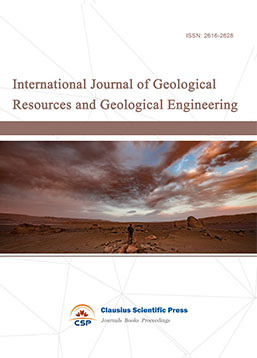
-
Big Geospatial Data and Data Science
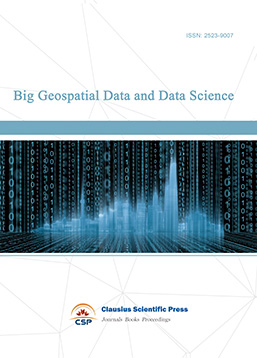
-
Solid Earth and Space Physics

-
Environment and Climate Protection
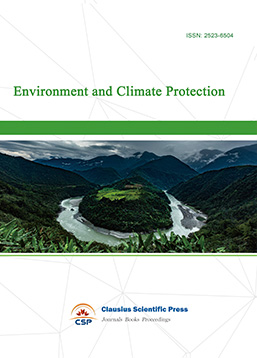
-
Journal of Cartography and Geographic Information Systems

-
Offshore and Polar Engineering

-
Physical and Human Geography
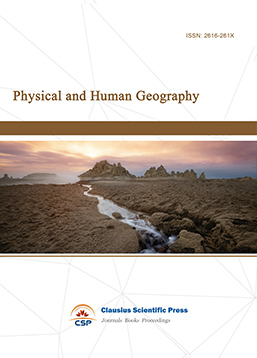
-
Journal of Atmospheric Physics and Atmospheric Environment

-
Trends in Meteorology

-
Journal of Coastal Engineering Research

-
Focus on Plant Protection
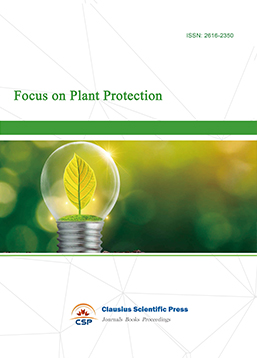
-
Toxicology and Health of Environment
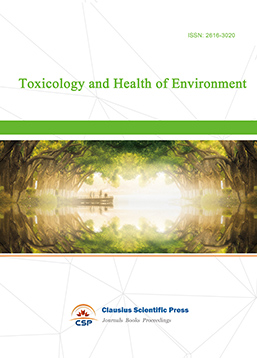
-
Geoscience and Remote Sensing

-
Advances in Physical Oceanography
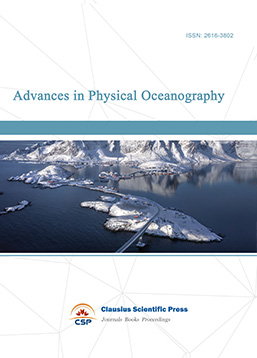
-
Biology, Chemistry, and Geology in Marine
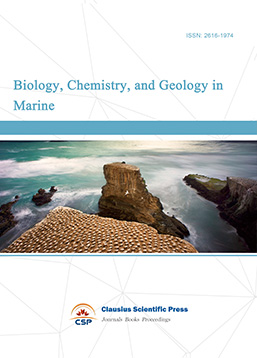
-
Water-Soil, Biological Environment and Energy
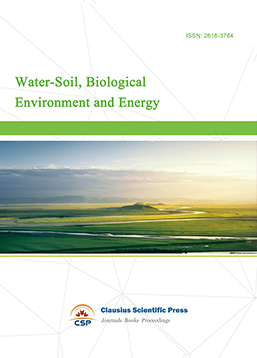
-
Geodesy and Geophysics
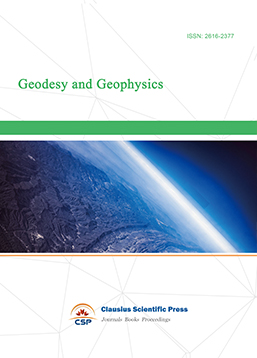
-
Journal of Structural and Quaternary Geology
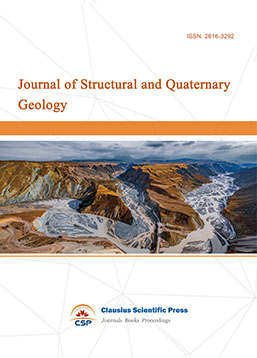
-
Journal of Sedimentary Geology

-
International Journal of Polar Social Research and Review


 Download as PDF
Download as PDF